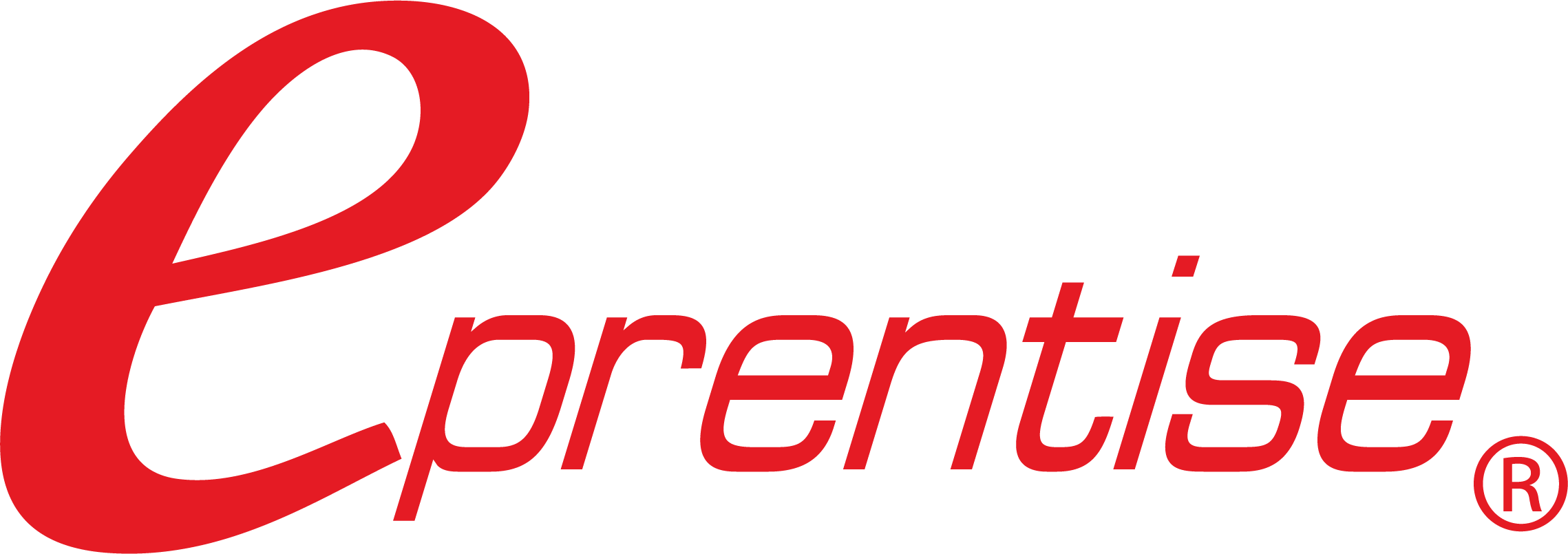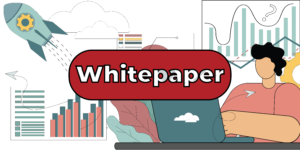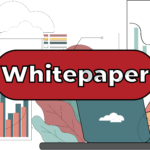ERP systems contain sensitive information from all parts of an organization. Separating this data cleanly can be complex and risky. Deciding what information to provide to the divested entity and what information to keep private is one of the most critical decisions companies face when they decide to spin-off part of their business. Sharing too much information may allow competitors to identify advantages to use against the parent company. Retaining too much data may result in unnecessary costs, such as excess storage, maintenance, and disaster-recovery charges.
A growing number of boardrooms are facing the problematic question of what information to share.
According to Ernst & Young, spin-off deals are on the rise with deal activity doubling and total transaction value for deals above $100m reaching ~$43b in Q2 of 2025. Spin-off divestitures can be a healthy strategy for pruning under-performing divisions, responding to changes in the marketplace, allowing a company to focus on different markets, or just because cash is needed for new initiatives. Some of corporate America’s most well-known names are in the midst of divestitures, getting rid of assets that are considered “noncore” and refocusing their resources.
Carving out divisions or products is complicated because of the myriad relationships among the data. Not only is the parent company affected, but acquiring companies are as well. The acquiring company needs enough information about the business to continue operations as a stand-alone entity. However, very often, the divested business is sold to a competitor. Providing historical information for the part of the company to be divested may increase the sale price, but may provide information that the selling company doesn’t want competitors to have. Some information, such as customer lists, is considered low risk. Competitors likely know already whom major customers patronize. Realistically, by the time a divestiture is announced, it’s likely that some key data may already be in the hands of departing employees, or already part of the buyer’s information. Of greater concern are trade secrets, trend analyses, prices, discounts, cost of goods sold and contract terms with suppliers. If exposed, this information could give competitors an advantage and should be kept private, if possible. Public and private companies have different obligations.
Due to the complexity of accurately managing changes to such large relational databases, technology has entered the picture as a substitute for a large piece of the painful consulting work and is playing an increasingly larger role by helping to automate the process, reducing time and expense. Planning ahead is essential; experts recommend starting at least three to four months prior to the announcement of a separation so that by the time the divestiture is announced and the transition services agreement is in place the part of the company to be spun off is already operating separately. With so much at stake, wise executives will take careful steps to decide what information to disclose and what to keep private, and then use technology to automate the separation once the decision is made.






